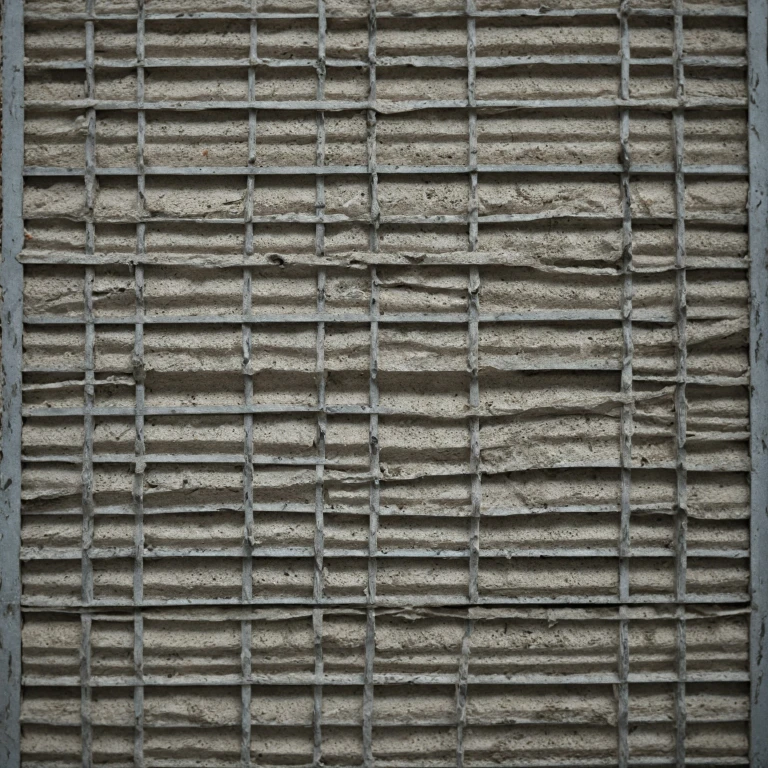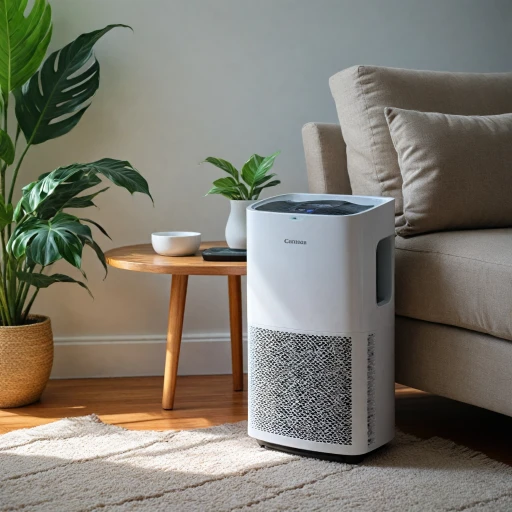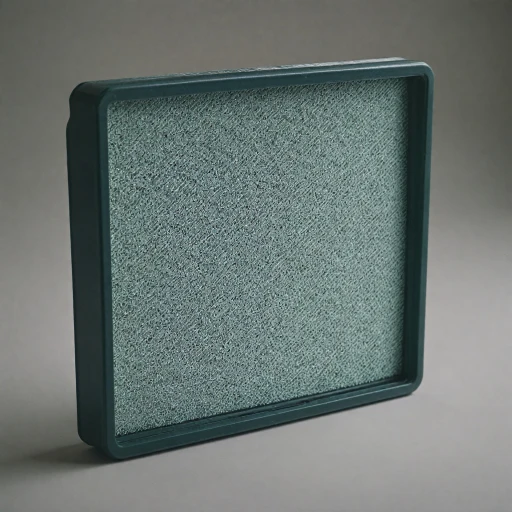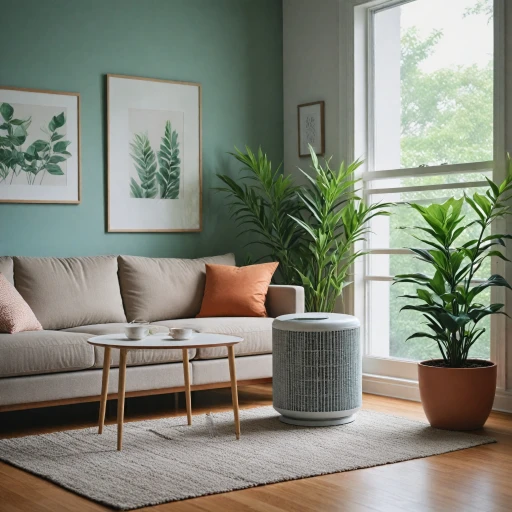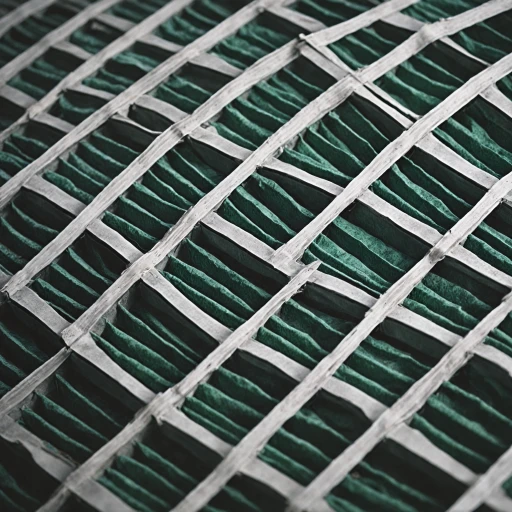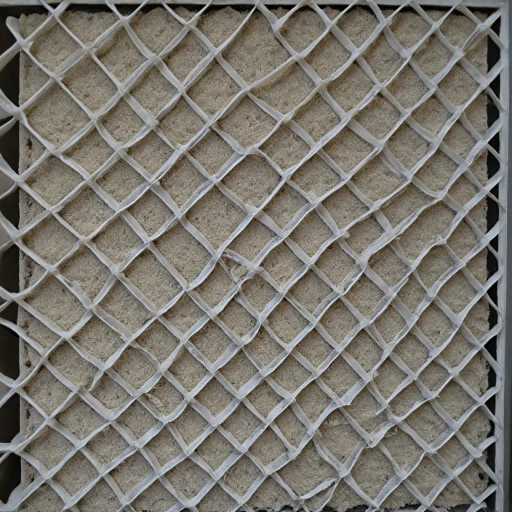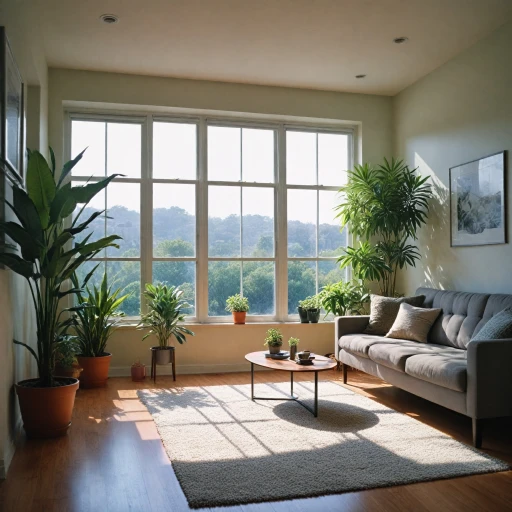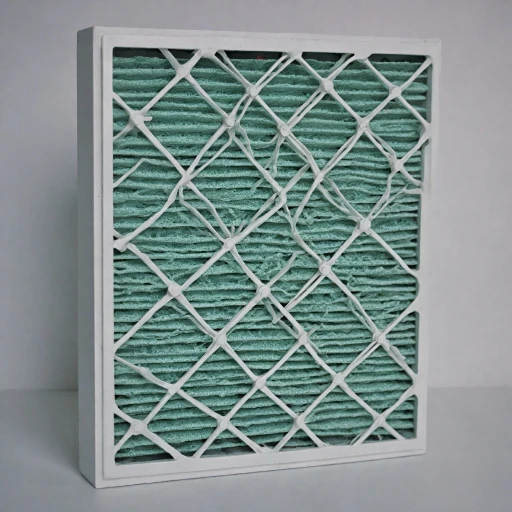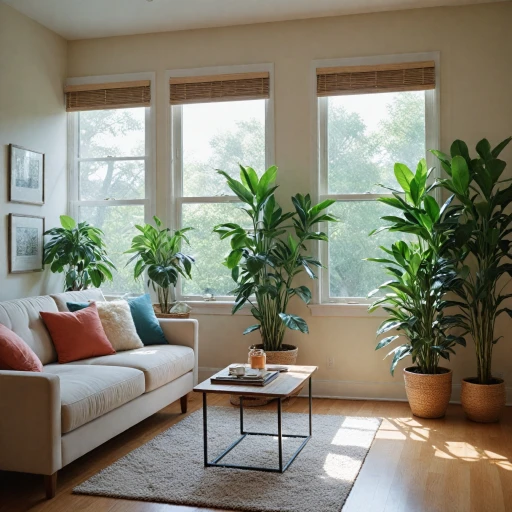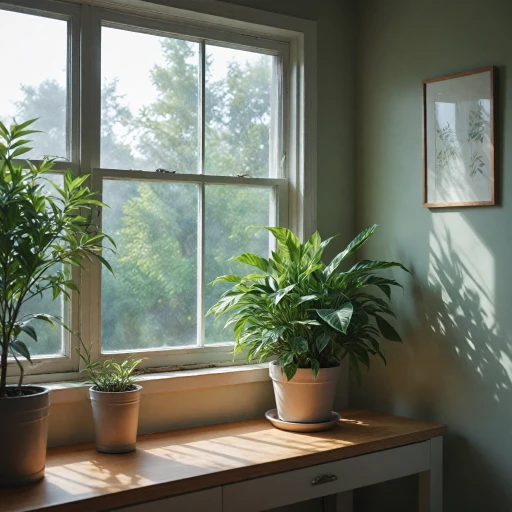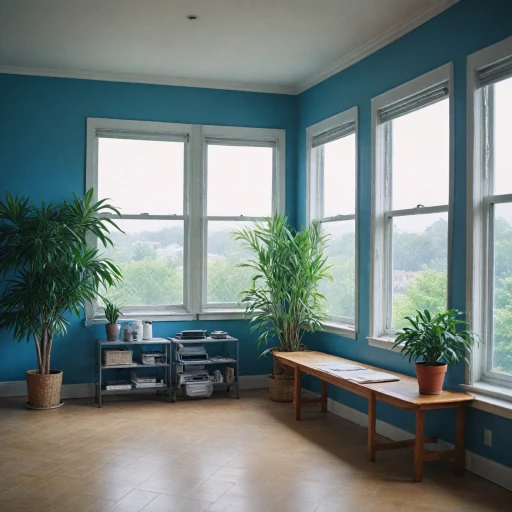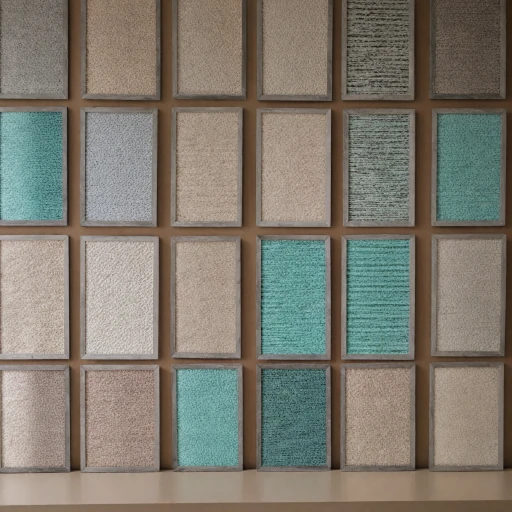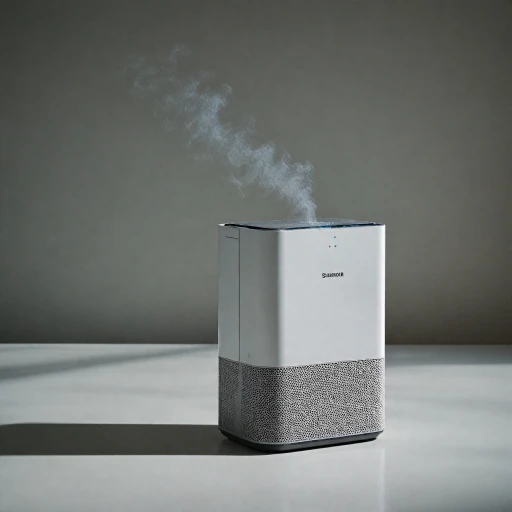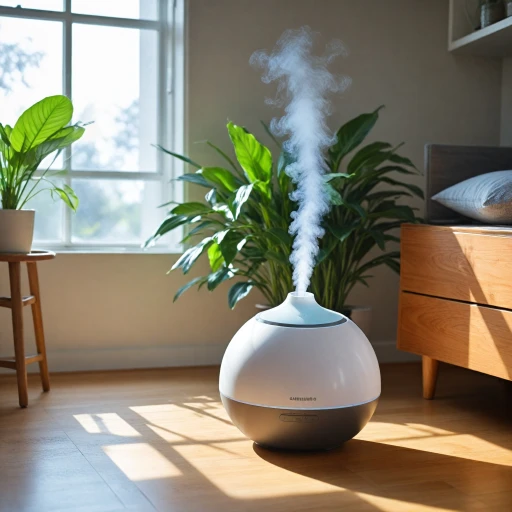
What is a 20 x 30 x 1 Air Filter?
Exploring the 20 x 30 x 1 Air Filter
The 20 x 30 x 1 air filter is a key component in many HVAC systems, designed to trap airborne particles and provide cleaner air. Measuring 20 inches by 30 inches with a thickness of just 1 inch, this filter size is commonly used in residential ductwork. It's part of a filtration system that helps improve indoor air by capturing dust, allergens, and even mold spores, which can be beneficial for allergy sufferers and those concerned about air quality.
These filters are often equipped with varying degrees of filtration, commonly measured by metrics such as the MERV (Minimum Efficiency Reporting Value) rating, MPR (Micro-Particle Performance Rating), and FPR (Filter Performance Rating). A higher MERV or MPR rating means the filter has greater efficiency in capturing smaller particles, making it crucial to understand which rating best suits your needs. The standard 20 x 30 x 1 filter can come pleated for enhanced surface area, contributing to its efficiency in trapping pollutants without restricting airflow unnecessarily, which is important for maintaining furnace and air conditioning performance.
Understanding the role filters play in air purification is vital for choosing the right product for your system. Each type of filter, whether it’s targeting dust, pet dander, or pollen, can significantly impact the overall air quality in your home.
How Does an Air Filter Work?
Mechanism of Air Filtration Systems
Air filters play a pivotal role in maintaining indoor air quality by capturing airborne particles. The mechanism involves trapping dust, pollen, pet dander, and mold spores within the fibers of the filter. Pleated air filters, for instance, enhance the filtration process by increasing the surface area available to capture contaminants effectively. Air filters are often rated by systems such as MERV (Minimum Efficiency Reporting Value), MPR (Microparticle Performance Rating), and FPR (Filter Performance Rating). These ratings indicate a filter's ability to capture particles of varying sizes. A higher MERV rating generally implies better filtration efficiency, which is crucial for removing smaller allergens and pollutants from the air. When evaluating the right filter for your needs, it's essential to consider factors like the filter's MERV rating or its equivalent. While higher-rated filters can capture a wider range of particles, they may also restrict airflow if not matched properly with your HVAC system. Therefore, understanding the role of pre-filters can also be beneficial as they help prolong the life of more expensive filters by handling larger debris first. Ultimately, the right filtration system will depend on specific needs, such as managing allergens or maintaining overall indoor air quality. A well-matched air filter can support your furnace or air conditioning system efficiently, contributing to both health and home comfort.Benefits of Using a 20 x 30 x 1 Filter
The Advantages of Using This Specific Size of Filter
Incorporating a 20 x 30 x 1 air filter into your air conditioning or furnace system brings several significant advantages. The essence of these benefits lies in the efficient removal of airborne particles that can degrade indoor air quality. Here’s why opting for this filter size can be beneficial:- Enhanced Filtration Efficiency: This filter, with its precise dimensions, is designed to capture a wide range of particles such as dust, pollen, pet dander, and mold spores. The MERV rating of a filter dictates its efficiency, and a higher MERV rating means better performance in trapping these unwanted particles. Pleated air filters are particularly effective due to their larger surface area, which boosts their dust-holding capacity.
- Improved Air Quality: A high-quality air filter like this one ensures that the air circulating in your space is cleaner and healthier. This is crucial for those with allergies or respiratory issues, as a superior filtration system can significantly reduce the presence of allergens and pollutants.
- Compatibility with Various Systems: The 20 x 30 x 1 size is versatile and works well with many air conditioning and furnace systems, making it a convenient option for homeowners seeking to enhance their air filtration system without extensive modifications.
- Cost-Effective Solution: Utilizing a filter with a specific size such as 20 x 30 x 1 provides a cost-effective means of maintaining your HVAC system. High-efficiency filters reduce strain on the system, potentially lowering energy consumption and prolonging the system's lifespan, saving you money in the long run.
- Reduced Maintenance Needs: While regular maintenance is essential, the use of a high-performance filter reduces the need for frequent cleanups because it keeps the system free of excessive dust buildup, which can degrade its performance over time.
Choosing the Right Filter for Your Needs
Finding the Perfect Fit for Your Filtration Needs
Choosing the right air filter is crucial for maintaining a healthy environment in your home or office. With numerous options available, it can be overwhelming to determine the best product for your specific needs. Here are some key factors to consider:- Size Matters: Ensure you select an air filter that fits your HVAC system correctly. A 20 x 30 x 1 filter might be the right choice based on the actual size specifications of your furnace air system. It's critical to match the filter's dimensions to your system's requirements.
- Performance Ratings: Check the MERV (Minimum Efficiency Reporting Value), MPR (Micro-Particle Performance Rating), and FPR (Filter Performance Rating) to gauge the efficiency of the filter. Higher ratings typically indicate better filtration of airborne particles like dust, pollen, and pet dander, but they might also restrict airflow if not matched correctly with your furnace or air conditioning system.
- Filter Type: Pleated air filters, such as those made by Filtrete, often provide a higher level of filtration efficiency and can capture mold spores, allergens, and other particulates more effectively than non-pleated options.
- Purpose and Environment: Consider the specific needs of your indoor air quality. If you have pets, selecting a filter designed to reduce pet dander might be beneficial. For those with allergies, opt for filters targeting allergens like pollen.
Maintenance Tips for Longevity
Maximizing Your Filter's Lifespan
Regular maintenance is crucial to the longevity and effectiveness of your 20 x 30 x 1 air filter. Consistent upkeep ensures that the filter maintains its filtration capabilities, which are vital for capturing dust, pet dander, mold spores, and other airborne particles. If you're relying on your system to improve indoor air quality, following some key tips can be beneficial.
- Replace Regularly: It's essential to replace air filters every 90 days, or more frequently if you have pets or allergies, to preserve the air quality in your home. High-efficiency filters might require more frequent changes due to their capacity to capture finer particles.
- Inspect for Dust and Damage: Regular checks on the filter for dust accumulation or damage can prevent a decrease in performance. Excess dust can clog the filter, reducing airflow and efficiency.
- Note the MERV Rating: When selecting replacement filters, consider the MERV rating. Higher ratings indicate better efficiency in trapping small particles, but can also affect airflow in your furnace or air conditioning system. It’s a balance between filtration and functionality.
- Align with Manufacturer Guidance: Follow any manufacturer-specific advice for your filter model. Information provided can guide you on optimal replacement cycles based on your specific system and usage.
- Use Proper Filtration Products: Always opt for manufacturers like Filtrete or similar, known for high-quality products, ensuring compatibility with your system for consistent performance and energy efficiency.
Beyond simple maintenance, choosing the right size and type of filter, understanding efficiency ratings like the MERV, MPR, and FPR, and considering factors such as size and pleat design, play a pivotal role in extending the filter's life and improving air purification goals through your furnace or air conditioning units.
